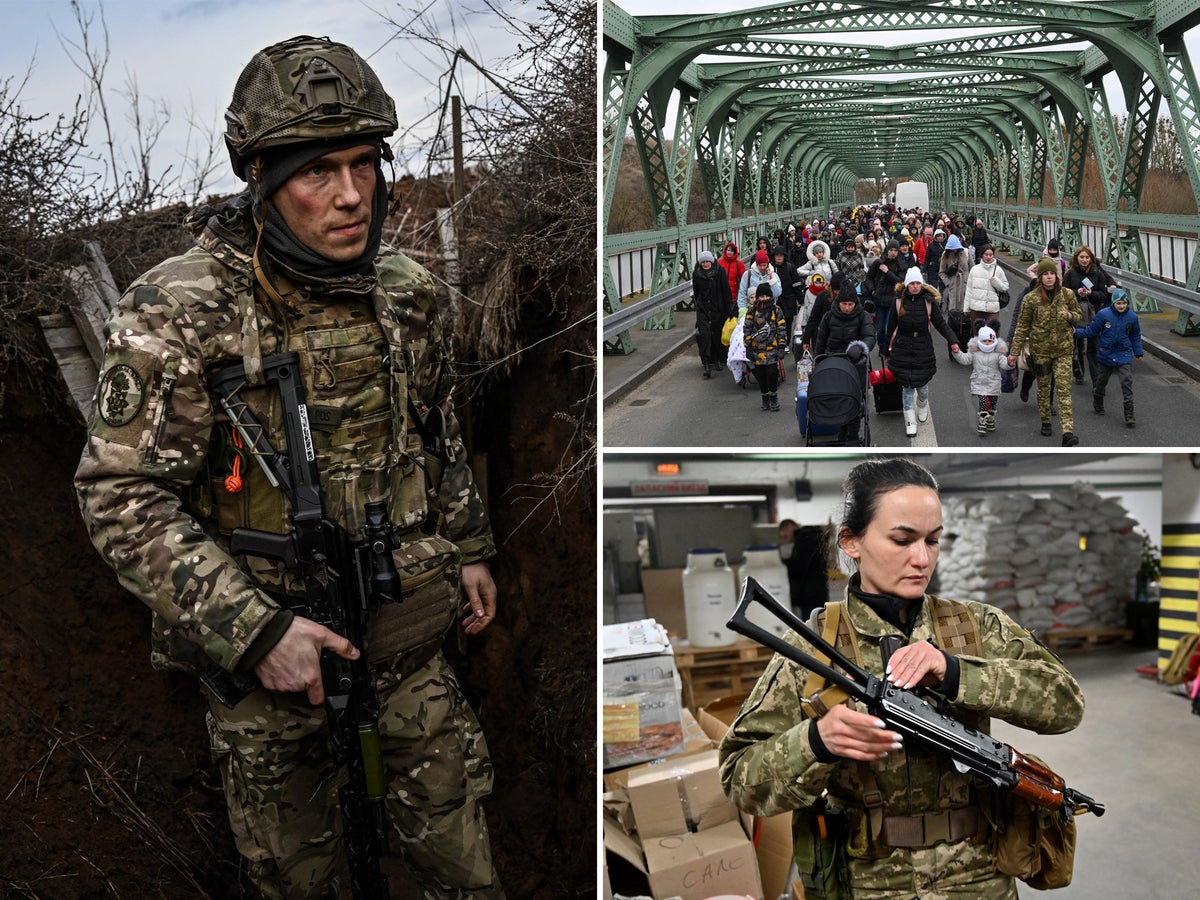
It is exactly a year to the day since Russian fighter jets first struck Kyiv and a huge battery of Moscow’s tanks rolled across the border of Ukraine, as Vladimir Putin began his shock assault on Russia’s sovereign neighbour.
Twelve months on, and it has long been clear that the lightning strike expected by Mr Putin to see his troops seize Kyiv in just 10 days has instead turned into a grinding war of attrition – on a scale not seen in Europe for decades.
With the conflict – currently centred in the Donbas region – showing no signs of slowing as both sides plan renewed counteroffensives, The Independent has taken a look at some key numbers illustrating the brutal impact of Russia’s invasion.
4,850,000: The number of people displaced
According to the United Nations High Commissioner for Refugees (UNHCR), more than eight million people have so far been forced to leave Ukraine since Russia’s invasion on 24 Febuary.
Of these, more than 4,850,000 have been resettled under a national protection scheme in Europe, including 161,000 in the UK, according to the UN agency.
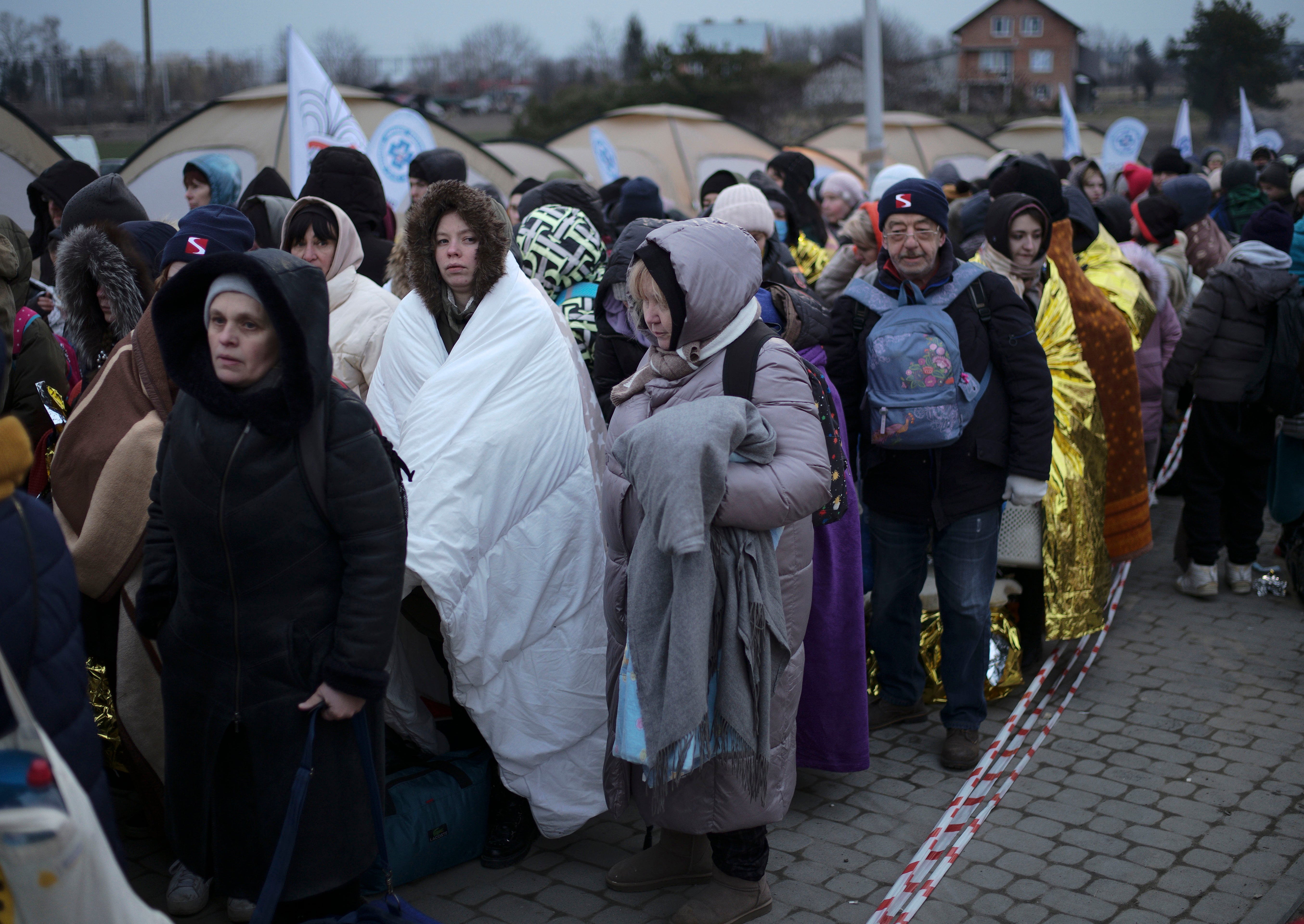
That larger figure also includes more than one million Ukrainians who are now in Russia, according to the UNHCR.
The United States has warned that hundreds of thousands of Ukrainians have been forcibly deported to Russia during the war, including children separated from their families – chiming with revelations by The Independent that citizens are being “vanished” in what amounts to further possible war crimes.
8,006: The number of Ukrainian civilians who have been killed in the last year
While the true scale of civilian casualties is unknown, the most recent estimate by the Office of the UN High Commissioner for Human Rights (OHCHR) suggests that at least 7,199 civilians had been killed and 11,756 injured, as of 12 February.
These casualties include 2,888 men, 1,941 women, 180 girls, and 226 boys, as well as 32 children and 1,932 adults whose sex is yet unknown, according to the OHCHR – which has been monitoring the situation since war with Russian-backed separatists broke out in Donbas in 2014.
March 2022 saw the highest number of deaths of the conflict so far with 3,326 in that month alone.
While most of the known civilian casualties have been caused by shelling from heavy artillery, multiple launch rocket systems, missiles and air strikes, the human rights agency warns the true number is likely far higher.
This is because there are delays in corrobating reports of civilian casualties in areas which have witnessed intense hostilities – such as Mariupol, Izium, Lysychansk, Popasna and Sieverodonetsk – while territory still held by Russia may still yield evidence of summary executions and torture.
Russia has frequently denied targeting civilians in the face of evidence to the contrary, and has claimed that evidence of massacres and tortures in Bucha after its troops retreated was a “hoax, a staged production and provocation” by Kyiv.
200,000: The estimated number of Russian troops lost in the conflict, according to the Ministry of Defence
Russia has likely suffered between 175,000 and 200,000 casualties since invading Ukraine a year ago, Britain’s Ministry of Defence claimed in an “intelligence update” last Friday.
This likely includes the deaths of approximately 40,000 to 60,000 troops, both mercenaries and those employed by the Russian defence ministry, according to the UK.
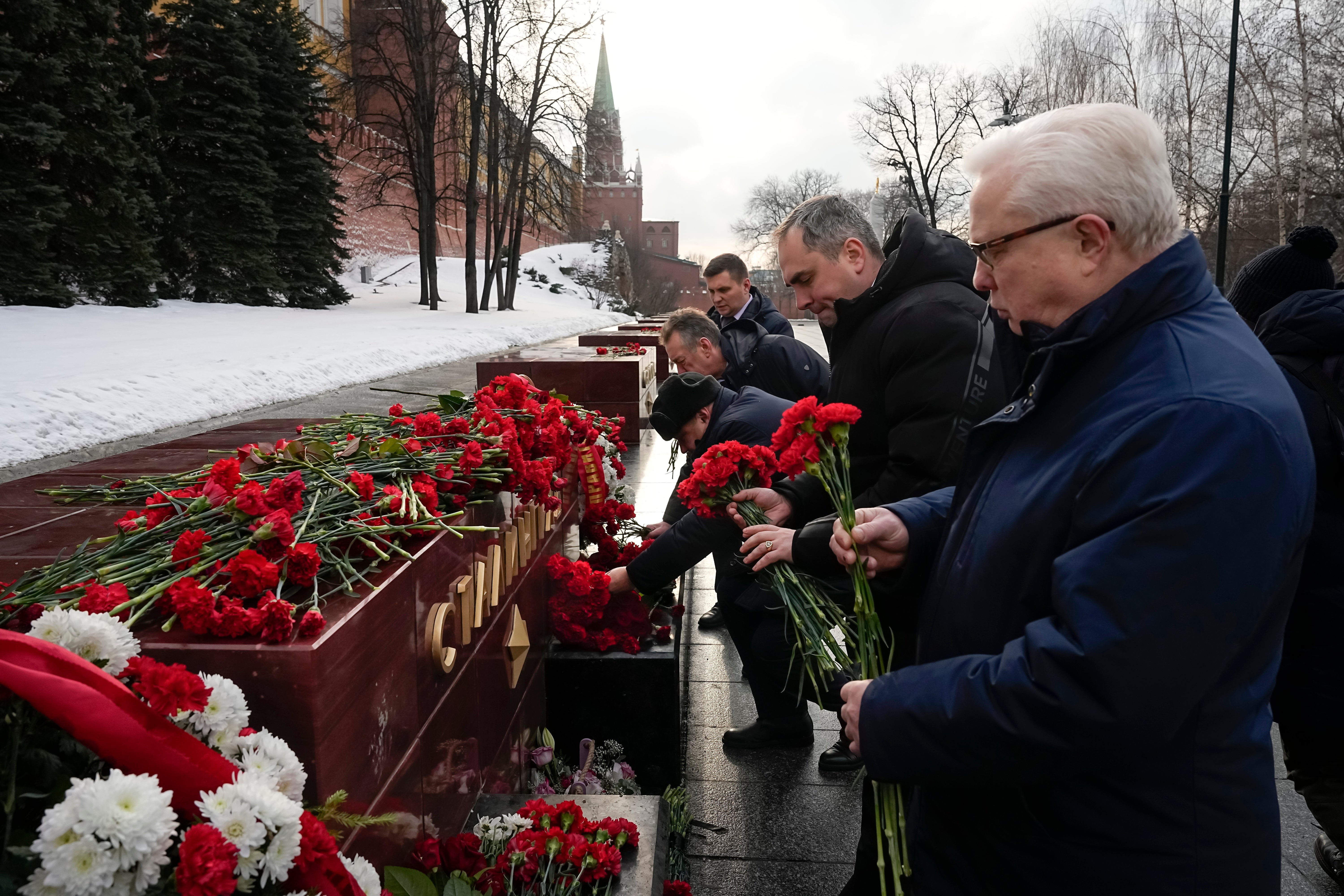
The assessment of up to 200,000 casualties chimes with assessments given by US military figures to the New York Times earlier this month – but the fatality estimates are significantly below the close to 145,000 troops Ukraine’s military claims to have “liquidated”.
The Russian casualty rate has significantly increased since September 2022 when Mr Putin invoked a “partial mobilisation” and began sending increasingly ill-trained and ill-equipped recruits – including inmates freed from prisons by the Wagner Group of mercenaries – to the frontline in Bakhmut, according to Western analysts.
100,000: The estimated number of Ukrainian troops who have died
Norway’s defence chief, General Eirik Kristoffersen, said in January that he believed Ukraine had seen 100,000 of its troops killed or wounded in action. In an email to the Times, his spokesperson said that there was “much uncertainty regarding these numbers, as no one at the moment are able to give a good overview. They could be both lower or even higher.”
In December, Ukrainian officials put the number of their own soldiers lost at 13,000.
54: The percentage of land won back from the Russians by the Ukrainians during the conflict
Despite its tanks initially punching through to the outskirts of Kyiv just days into the invasion, successive counteroffensives by an increasingly ascendant Ukrainian army has seen Russia relinquish huge swathes of territory.
Mr Putin’s forces were first forced to beat a hasty retreat in central Ukraine just a month after launching their invasion, and were dramatically pushed out of the Kharkiv region in a major counteroffensive by Ukraine in September.
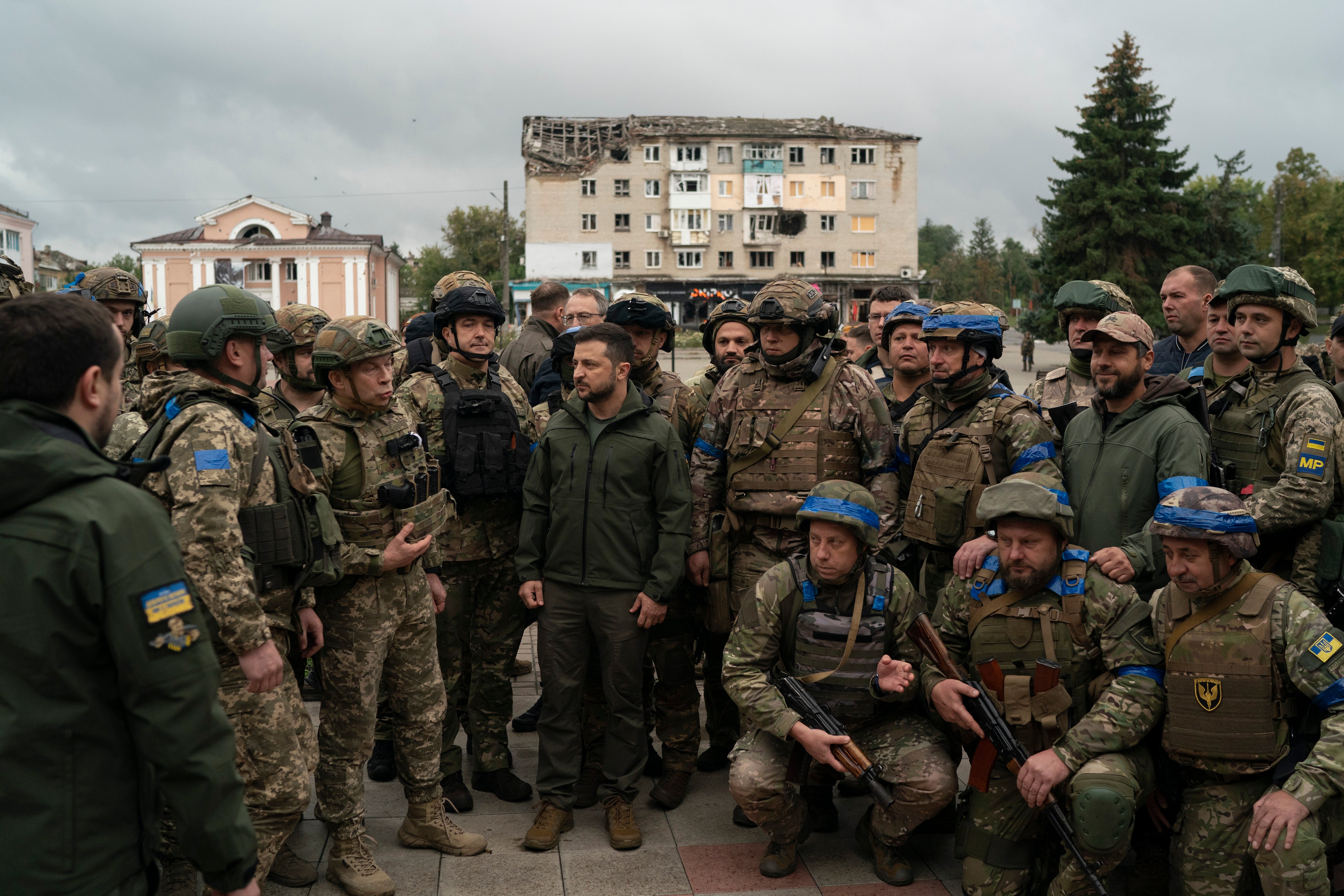
In a claim that exactly mirrors other Western estimates, UK defence secretary Ben Wallace told MPs in December that Britain believed Ukraine had retaken some 54 per cent of the land seized by Russia.
While little territory has since changed hands, Moscow was believed to hold some 18 per cent of internationally recognised Ukrainian territory – including Crimea which Russia illegally annexed in 2014.
That compared to the 27 per cent of Ukrainian land held by Russia at the height of its war in March, Mr Wallace told the Commons.
£126.70bn: The amount Ukraine’s allies have spent on military aid
The United States is the largest provider of military assistance to Ukraine, having provided Kyiv with £64.56bn in military aid since February 2022, according to research from a German think tank.
As the second largest donor, the UK has committed £7.33bn so far – a figure including the provision of Challenger 2 tanks.
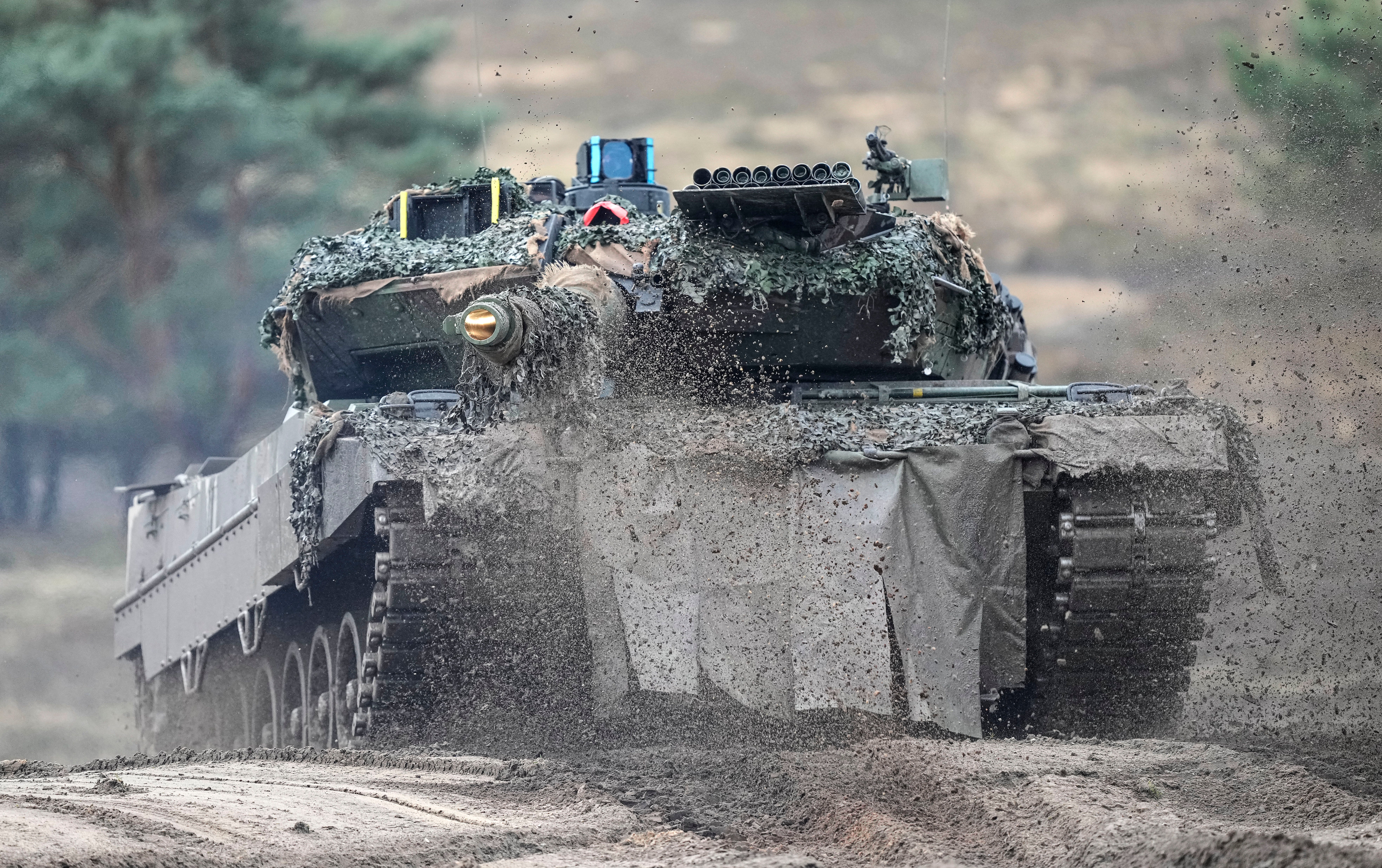
Alongside its allies, the UK is also hosting a programme which aims to train 10,000 Ukrainian personnel within four months.
According to the data, the combined commitment from the EU member countries and EU institutions totals £48.45bn.
£7.1bn worth: The cost of destroyed infrastructure and buildings in Ukraine
Analysis by the Kyiv School of Economics, published in December, found that the total documented damage to Ukraine’s infrastructure since Russia’s invasion would cost some $137.8bn (£114.4bn) to replace.
Their analysis – alongside Ukrainian and British government officials – found that a total of 149,300 residential buildings had been damaged or destroyed in the first 10 months of the war.
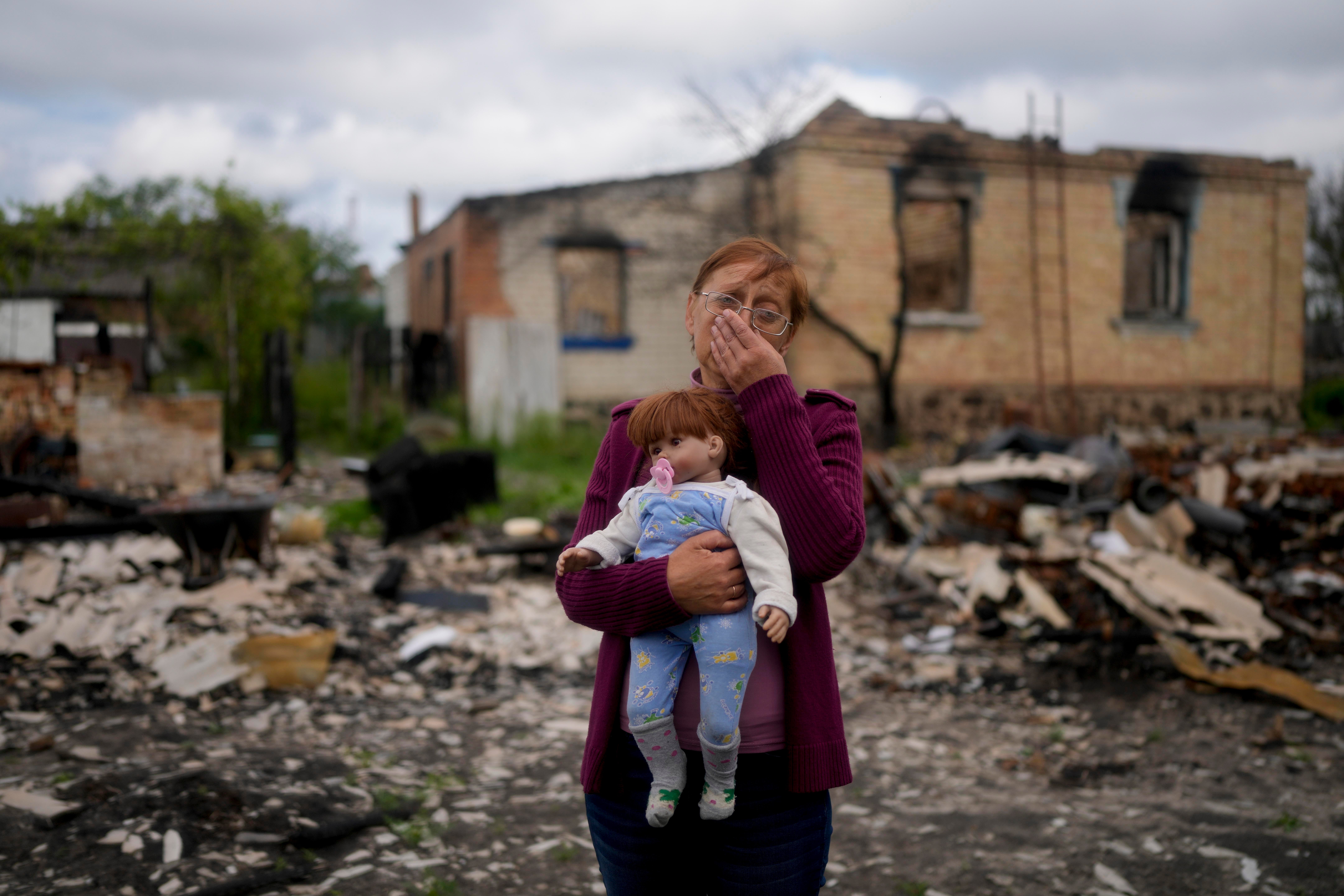
Russia has also caused an estimated $8.6bn (£7.1bn) of damage to Ukraine’s educational facilities, with the hostilies damaging or destroying more than three thousand educational institutions, nearly half of which were those providing secondary education, the analysis found.
Damage to cultural, sports, and religious objects was estimated to sit at $2.2bn (£1.8bn), according to the analysis which found 907 cultural facilities, 168 sports facilities, 157 tourism facilities, and 95 religious facilities had been damaged.
Earlier this month, Ukraine’s health minister Viktor Liashko claimed that more than $1bn was needed to rebuild the country’s medical facilities, alleging that 540 hospitals had been partially destroyed and 173 completely ruined.
73: The number of tanks the UK has sent to Ukraine
The UK has sent 14 Challenge II tanks to Ukraine. The model was designed from 1986-1993 and saw action in Bosnia as well as the Iraq War.
The Johnson government had been reluctant to commit tanks throughout 2022 but, under new prime minister Rishi Sunak, it was announced the tanks would be deployed to Ukraine, alongside 30 AS-90 155mm self-propelled guns, as well as armoured repair and recovery vehicles.
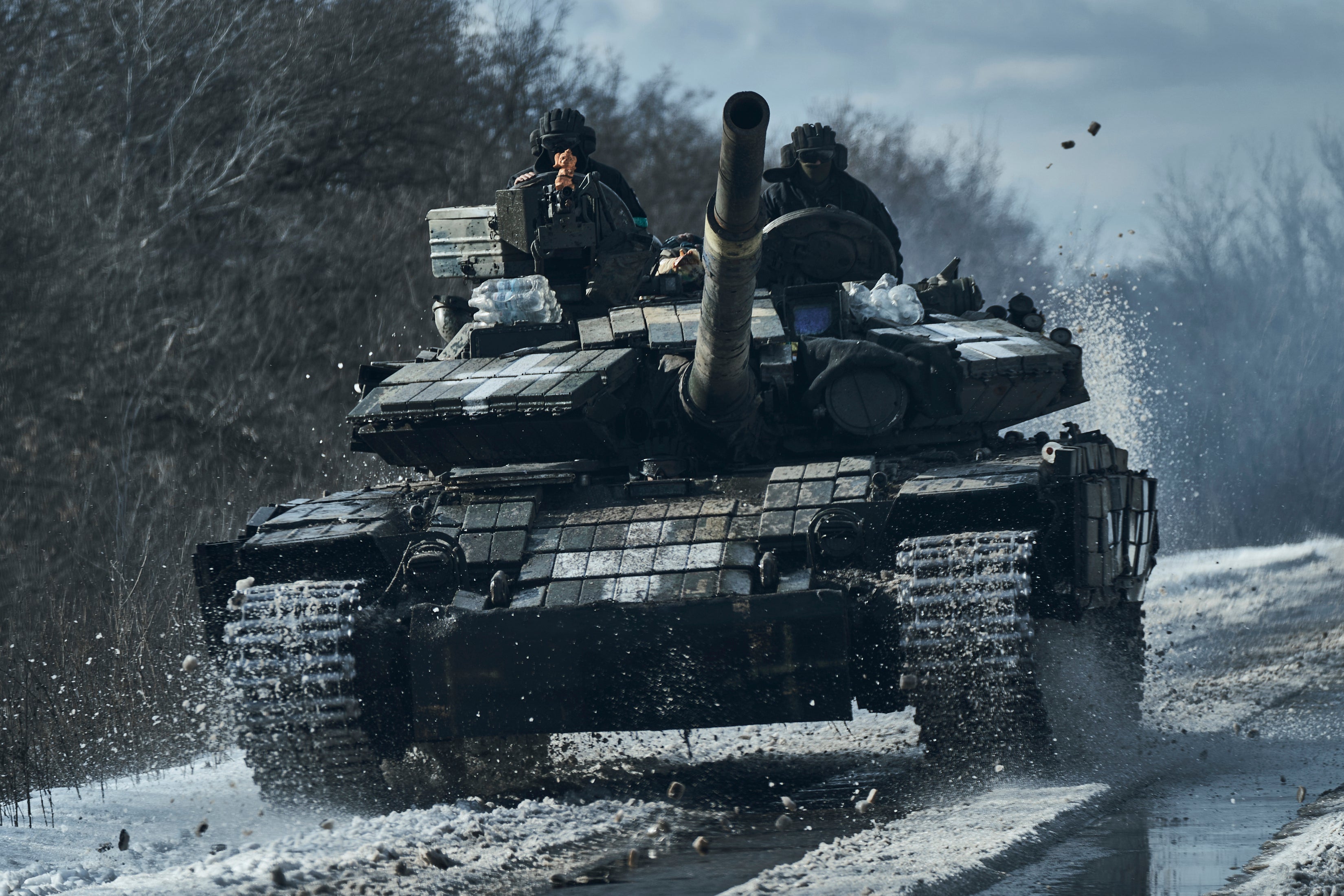
The US leads the way in tanks sent to Ukraine with 31 Abrams tanks, while Germany and Poland have each committed 14 Leopard 2 tanks.
3,326: The number of tanks Russia has lost in the year-long conflict
According to the Ukrainian ministry of defence figures, Russia has lost 3,326 tanks since the war began a year ago.







